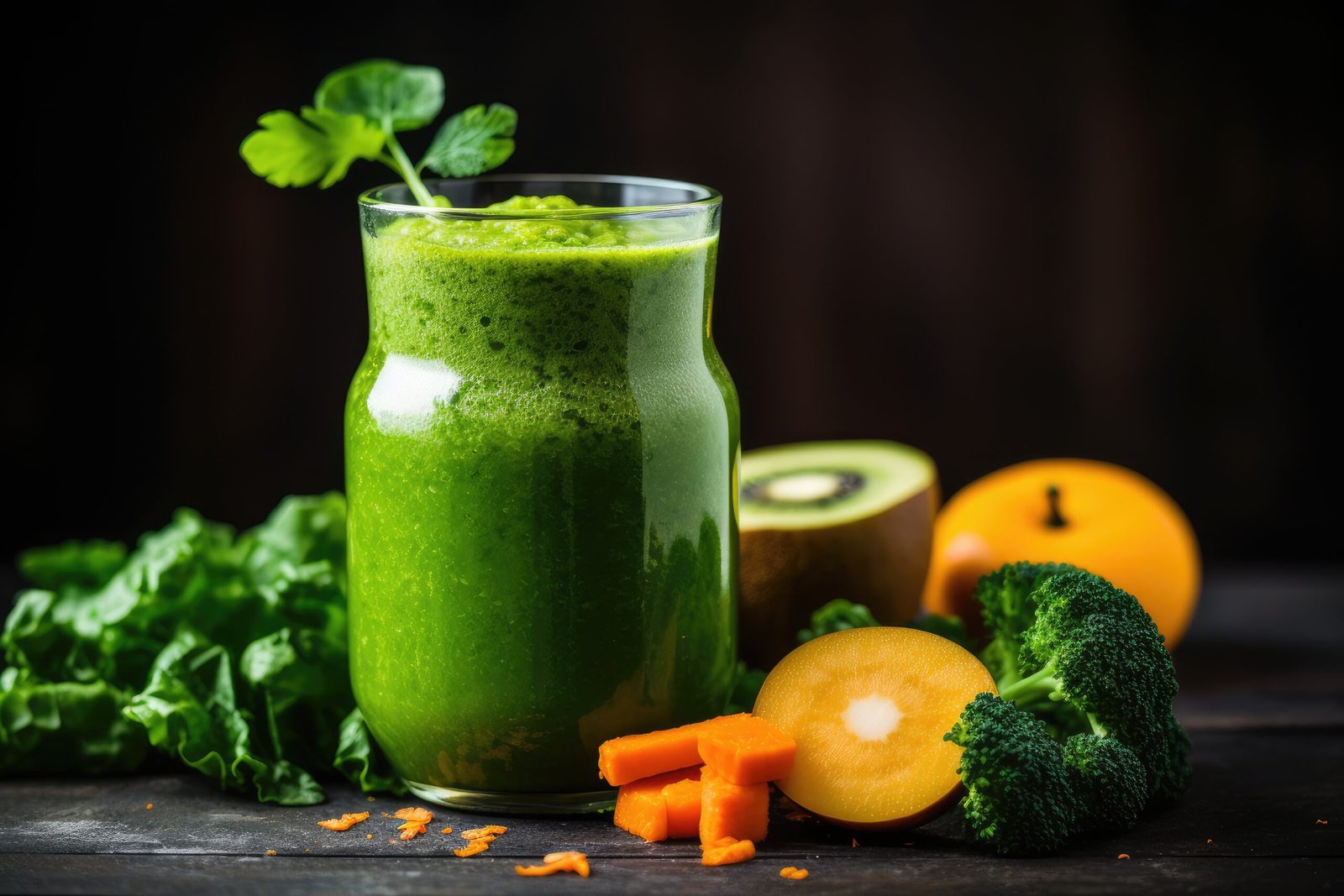Understanding Hormonal Health: What Every Woman Needs to Know
Let’s be real – being a woman can be pretty complicated, especially when it comes to our hormones. One minute we’re feeling on top of the world, and the next we’re an emotional wreck. What’s up with that? Well, the truth is, our hormone levels are constantly fluctuating, and that can have a major impact on our physical and mental well-being.
But here’s the thing – hormonal health isn’t just some mysterious, uncontrollable force that we have to just deal with. There’s actually a lot we can do to understand and optimize our hormone levels. And trust me, getting a handle on your hormonal health can make a huge difference in how you feel day-to-day.
So, what exactly do we need to know about hormonal health as women? Let’s dive in!

The Basics of Hormones
First things first – let’s talk about what hormones actually are and how they work. Hormones are essentially chemical messengers that are produced by various glands and organs in our bodies, like the thyroid, adrenal glands, and ovaries. They play a crucial role in regulating all sorts of bodily functions, from metabolism and mood to sexual function and fertility. When our hormone levels get out of whack, it can lead to all kinds of unpleasant symptoms.

The Menstrual Cycle Explained
One of the most obvious ways that hormones affect us as women is through our menstrual cycles. Throughout the month, our levels of estrogen, progesterone, and other key hormones rise and fall, causing changes in our bodies and moods. Understanding the different phases of the menstrual cycle and how they’re influenced by hormones can really help us anticipate and manage the symptoms we might experience, from cramps and bloating to irritability and fatigue.

The Importance of Estrogen
Estrogen is often referred to as the “female hormone,” and for good reason. This crucial hormone is responsible for things like regulating our menstrual cycles, maintaining bone health, and supporting our reproductive system. But estrogen also has a big impact on our mood, energy levels, and overall well-being. Making sure we have healthy estrogen levels is key for feeling our best.

The Role of Progesterone
Progesterone is another important female hormone that works in tandem with estrogen. Its main job is to prepare the uterus for implantation during pregnancy and support the early stages of fetal development. But progesterone also plays a part in regulating our moods, sleep patterns, and even our sex drive. Imbalances in progesterone can lead to a variety of unpleasant symptoms.

Thyroid Health and Hormones
The thyroid gland is another key player when it comes to hormonal health. This little butterfly-shaped gland in our neck produces hormones that regulate our metabolism, body temperature, and energy levels. Thyroid disorders, like hypothyroidism and hyperthyroidism, can have a big impact on our hormone levels and overall well-being.

The Connection Between Stress and Hormones
Stress is a big factor when it comes to hormonal health. When we’re chronically stressed, our bodies produce more of the hormone cortisol, which can throw off the delicate balance of our other hormones. This can lead to a whole host of issues, from weight gain and fatigue to anxiety and depression. Learning healthy ways to manage stress is crucial for keeping our hormones in check.

Hormonal Changes During Pregnancy
Pregnancy is a time of major hormonal shifts, as our bodies work to support the growth and development of a new life. Fluctuating levels of estrogen, progesterone, and human chorionic gonadotropin (hCG) can cause all sorts of pregnancy-related symptoms, from morning sickness and mood swings to increased breast tenderness and fatigue. Understanding these normal hormonal changes can help us better navigate the ups and downs of pregnancy.

The Postpartum Hormone Rollercoaster
The hormonal changes don’t stop once the baby is born. In fact, the postpartum period is a time of intense hormonal flux as our bodies work to recover from childbirth and adjust to the demands of new motherhood. Plummeting estrogen and progesterone levels can contribute to things like postpartum depression, anxiety, and even hair loss. Paying close attention to our postpartum hormonal health is crucial.

Perimenopause and Menopause
As we approach the end of our reproductive years, our bodies go through another major hormonal transition – perimenopause and menopause. During this time, our ovaries gradually produce less estrogen and progesterone, leading to a variety of symptoms like hot flashes, mood changes, and irregular periods. Understanding the ins and outs of this natural life stage can help us better manage the hormonal shifts.

Hormone Imbalances and PCOS
Unfortunately, not all hormonal issues are as straightforward as the natural cycles we experience throughout our lives. Conditions like polycystic ovarian syndrome (PCOS) involve complex hormonal imbalances that can cause problems like irregular periods, excessive hair growth, acne, and difficulty with fertility. Seeking proper medical care and treatment is key for managing PCOS.

The Impact of Birth Control
For many women, birth control is a fact of life. But it’s important to understand that hormonal contraceptives like birth control pills, patches, and rings can have a significant impact on our natural hormone levels. While they’re effective at preventing pregnancy, they can also lead to side effects like mood changes, weight fluctuations, and decreased sex drive. Checking in with our healthcare providers to find the right birth control method is crucial.

Nutrient Support for Hormone Health
When it comes to keeping our hormones balanced, the foods we eat play a big role. Certain nutrients, like omega-3s, vitamin D, and magnesium, are essential for hormone regulation and production. Making sure we’re getting enough of these key nutrients through a nutrient-dense diet, or with the help of supplements, can go a long way in supporting our overall hormonal health.

The Importance of Sleep and Exercise
Our lifestyle habits can also have a major impact on our hormones. Things like getting enough high-quality sleep and engaging in regular physical activity have been shown to help regulate hormone levels and minimize unpleasant symptoms. On the flip side, disrupted sleep patterns and sedentary behavior can contribute to hormonal imbalances and all the issues that come with them.
As you can see, there’s a lot that goes into understanding and maintaining our hormonal health as women. It’s a complex and ever-evolving topic, but being informed and proactive is key. When we take the time to tune in to our bodies, manage stress, and seek out the right support, we can feel more in control of our hormonal health and experience a greater sense of overall well-being.

So, where do we start? The most important thing is to pay attention to how you’re feeling and any changes or patterns you notice in your body and mood. Keep track of your menstrual cycles, monitor any bothersome symptoms, and don’t hesitate to reach out to your healthcare provider if you have any concerns. With the right knowledge and care, you can find ways to support your hormonal health and feel your absolute best.



















0 Comments